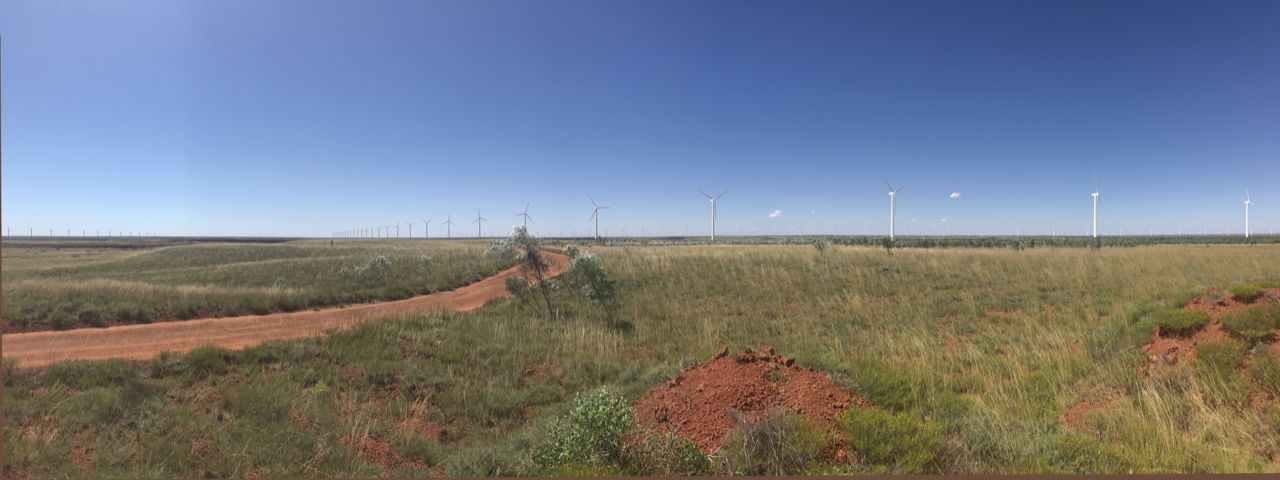🗡️ Who murdered the Murujuga rock art science?
Special Cluedo™️ edition 🔍 Was it Mr Cook or Prof Smith?
The Pilbara's giant Asian Renewable Energy Hub has been shocked by the Federal Government rejecting it on environmental grounds after awarding it major project status.

The Federal Government has judged the environmental impact of Australia’s largest renewable energy project to be “clearly unacceptable,” a conclusion applied to less than 1 in 500 projects.
Minister for the Environment Sussan Ley last week determined an expanded proposal by the Asian Renewable Energy Hub was “clearly unacceptable” due to impacts on wetlands and migratory birds, including seven threatened species.
AREH received WA Government environmental approval in October 2020 for 15 gigawatts of solar and wind power to be exported to Indonesia by subsea cable and sold in the Pilbara. At the same time, the Federal Government gave the hub major project status to help it fast-track approvals.
The hub’s backers then expanded their proposal to 26GW of power and switched to the production and export of green ammonia.

The Minister’s reasons for the decision concern the impact pipelines and a jetty used to export ammonia could have on an area of Eighty Mile Beach.
Ley’s action is unusual for its rarity, speed and lack of consultation.
Federal Governments have made 6117 decisions under the EPBC Act from when it commenced in 2000 to mid-2020, and it deemed only 11 proposals to be clearly unacceptable.
The Department of Agriculture, Water and the Environment conducted its environmental assessment, drafted a 15-page statement of reasons, and had this approved by the Minister within five weeks of AREH submitting the proposal.
Boiling Cold understands the proponents were not consulted, contrary to how the Federal bureaucracy typically treats proposals with major project status.
A spokesperson for the Minister said the marine infrastructure corridor would disrupt tidal movements, and this would seriously impact native species dependent upon the wetland.
“Any future amended proposal would be a matter for the proponent,” the spokesperson said.
AREH is working to understand the Minister’s concerns while it continued detailed design and engineering work, an AREH spokesperson said.
The AREH spokesperson said it intended to utilise the Pilbara’s solar and wind resources to produce green ammonia for export to Asia and offer green hydrogen and ammonia to Pilbara miners.
Conservation Council of WA director Piers Verstegen said the environmental concerns in Ley’s statement appeared to have a sound basis, but they were matters that should be able to be addressed by the proponent.
“It is highly unusual for the Commonwealth to pre-empt a state assessment process like this,” Verstegen said.
“It stands in direct contrast to the approach that is being taken to giant new fossil fuel projects like the Woodside Scarborough to Pluto LNG development.”
“Despite releasing…carbon pollution and having an irreversible impact on the ancient Murujuga rock art proposed for World Heritage Listing, the Commonwealth has not assessed these impacts at all.”
Australasian Centre for Corporate Responsibility director of climate Dan Gocher said the decision followed the Minister for Northern Australia Keith Pitt’s decision last month to veto a $280 million loan to develop a wind and battery storage hub in northern Queensland.
“Once again, the Federal Government has demonstrated that it is unwilling to support projects that would accelerate the transition away from fossil fuels,” Gocher said.
The Asian Renewable Energy Hub is backed by renewable energy developers InterContinental Energy and CWP Global, Danish wind turbine manufacturer Vestas, and private investment company Pathway Investments.
InterContinental Energy is also pursuing a 25GW solar energy to green hydrogen and ammonia project in Oman.
Boiling Cold understands some in the industry are concerned that any perception that AREH received adverse attention from Canberra because it is a high-profile renewable project could make Australia less attractive to international renewable energy investors.
Main picture: Photomontage. Source: Asian Renewable Energy Hub
All the info and a bit of comment on WA energy and climate every Friday